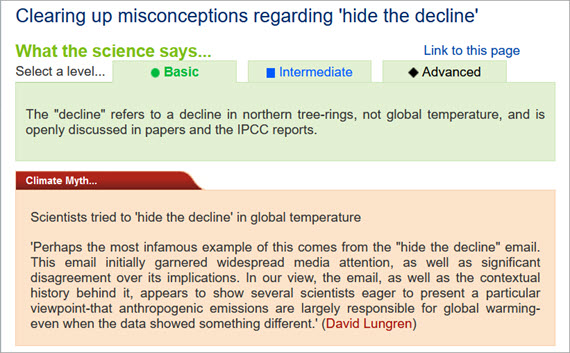Applied Sciences, Vol. 13, Pages 1739: Rapid Detection of Tea Polyphenols in Fresh Tea Leaves Based on Fusion of Visible/Short-Wave and Long-Wave near Infrared Spectroscopy and Its Device Development
Applied Sciences doi: 10.3390/app13031739
Authors: Jinchai Xu Fangfang Qu Bihe Shen Zhenxiong Huang Xiaoli Li Haiyong Weng Dapeng Ye Renye Wu
Tea polyphenols are considered as an important indicator of tea quality. Rapid detection of tea polyphenol content plays a valuable role for tea breeding and quality inspection during tea production. In this work, a portable rapid non-destructive detection device of tea polyphenols in fresh tea leaves was developed, which integrated the fusion technology of visible/short-wave (400–1050 nm) and long-wave (1000–1650 nm) near-infrared spectroscopy (Vis/NIR). Experimental results indicated that the spectra within the overlapping region (1000–1050 nm) were assembled by applying the spectral data fusing method. Followed by spectral data preprocessing with the Savitzky–Golay smoothing (SG) method, least squares support vector regression (LS–SVR) models were established for detecting the tea polyphenol content of fresh tea leaves. Based on the fused Vis/NIR spectra (dual-band), the correlation coefficient of calibration (RC), root mean square error of calibration (RMSEC), correlation coefficient of prediction (RP), root mean square error of prediction (RMSEP), and residual predictive deviation (RPD) reached 0.976, 0.679%, 0.893, 0.897%, and 2.230, respectively, which were better than the visible/short-wave or long-wave near infrared spectral data (single-band). The sensitive spectral wavebands of tea polyphenols extracted using the random frog (RF) algorithm were distributed in 402–448 nm, 555–600 nm, 810–1042 nm, 1056–1103 nm, 1219–1323 nm, 1406–1416 nm, and 1499–1511 nm. This demonstrated that the prediction of tea polyphenol content using fused spectral data combined with the LS–SVR model depended on various functional groups such as auxochromes, chromogenic groups, and hydrogen-containing groups. The proposed device is capable of non-destructive detection of tea polyphenol content in fresh tea leaves, which can provide effective technical support for tea breeding and tea leaf quality control.

 1 year ago
39
1 year ago
39


